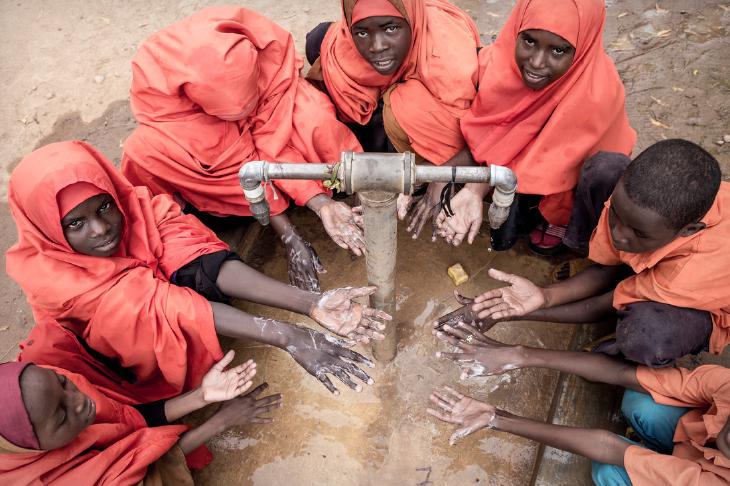For 75 years, CARE has led the way to a better life for millions of vulnerable people around the world. CARE tackles poverty from multiple angles. Their Water+ programs are about more than just hand washing and clean drinking water. Their work links water to other activities so that they can make the biggest impact possible. Their programs include water for agriculture, livelihoods, nutrition, keeping girls in schools, helping women to be leaders, preventing disease outbreaks, and more.
Why We Partner
CARE’s Food and Water Systems Team is working at the nexus of water systems strengthening, water for agriculture, and water resources management-–all of which are connected to climate change. Their work includes innovative approaches, building technical capacity, and policy leadership.
Impact
We are supporting CARE to build and scale a cohesive strategy around water and climate change. This work will have the potential to impact CARE’s programming, partners, and policies to drive greater attention and investment to climate change.
We are also supporting a pilot project to test the use of incentive mechanisms administered through Village Savings and Loans Associations (VSLAs) in communities where farmers are learning water-smart agriculture techniques. This work will help determine the feasibility and effectiveness of this approach to contributing to conservation outcomes.
Outcomes and Next Steps (2021)
CARE developed internal communications to further CARE’s work on water and climate resilience and ensure that their 2030 strategies had clear links, objectives, and indicators addressing the intersection of water and climate resilience. This work created a network of CARE champions and experts in water and climate to support integrated water resources management in CARE USA’s Climate Justice initiative.
Early evidence from the VSLA “conservation fund” pilot indicates that farmers who received loans appear to adopt water-smart agriculture practices at higher rates and on larger amounts of land than community members who did not receive loans. Loan repayment and long-term gains of the conservation fund will be measured in follow-up surveys.
At this point, we are pausing our grant making with CARE on these projects. We hope to see organic growth and internal support of these efforts to meet the goals CARE has set to measure success.
